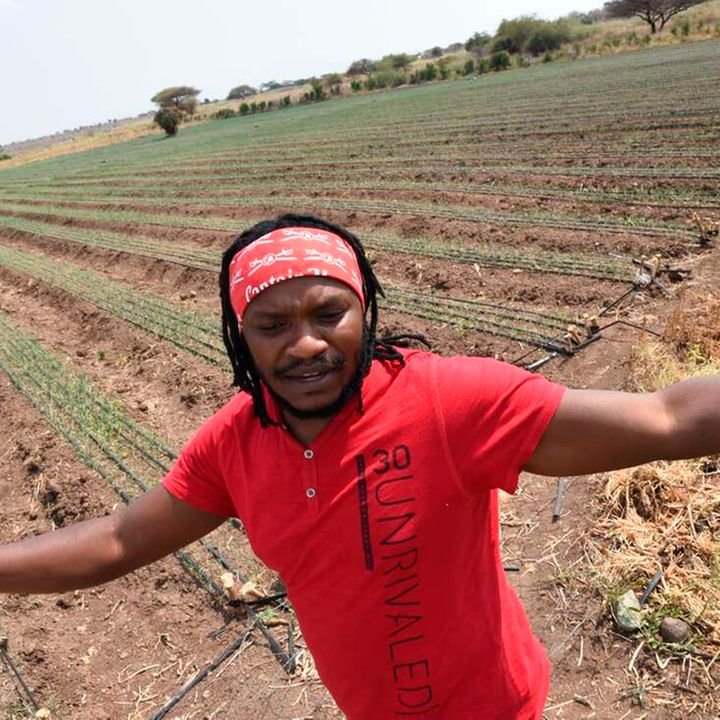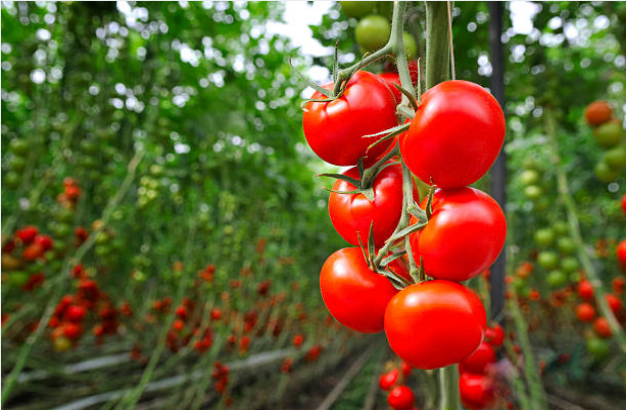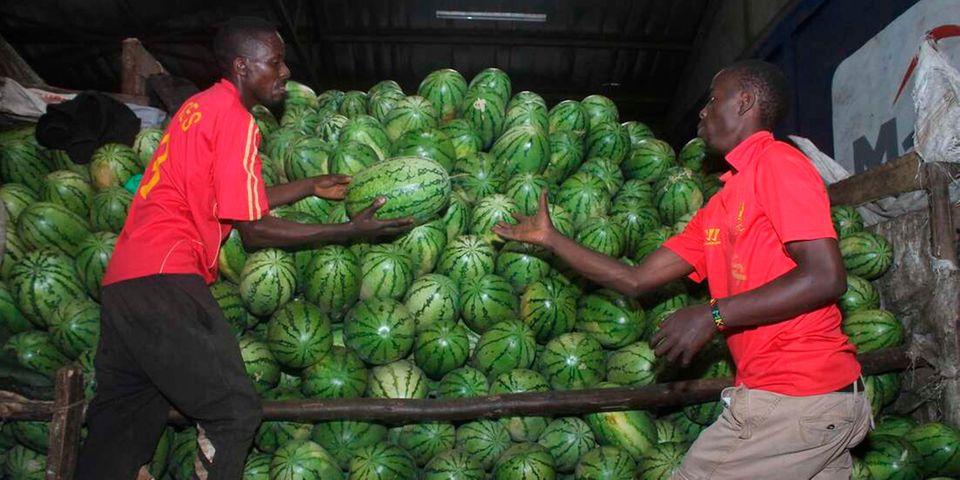Cassava is all set to become the first genetically modified food in Kenya if an application now with the National Biosafety Authority (NBA) is approved. Julius Sigei spoke to Prof Douglas Miano, the principal investigator of the Virus Resistant Cassava for Africa (Virca) Plus project in Kenya on the qualities of the variety and the approval process
What has stunted the growth of this root crop?
Cassava is widely grown and consumed in western and coastal regions of Kenya, where it is a major staple food.
Parts of eastern region also produce and consume substantial amounts of cassava. In these regions, the major challenge to production is diseases, the main ones being cassava brown streak and cassava mosaic diseases.
In other parts of the country, such as central Kenya, cassava production and consumption is limited due to misconceptions and availability of maize and other root and tuber crops such as Irish potatoes.
Cassava has often been referred to as an orphan crop grown and consumed by the poor. Are these labels accurate?
Of course not. Cassava is an important food-security crop that has been a source of income for farmers in many regions.
Its potential as an industrial crop is very high, being a good source of high quality starch, production of ethanol, use in confectionaries, blending wheat and maize flour, among others. These are traits of a high potential crop.
Last month you asked the Kenyan government to approve Cassava Brown Streak Disease (CBSD) resistant Cassava Line 4046, which can protect farmers of this important crop from devastating losses. What has the journey to this stage been like? How long have you been at it?
The Virca Plus project started in 2008 with laboratory and greenhouse trials. We were able to obtain very high levels of resistance to CBSD.
We selected a number of lines and evaluated them in regulated field trials from 2013. Cassava line 4046 was selected as one of the best-performing.
It is resistant to CBSD, a major disease in cassava that leads to yield losses estimated at 40 to 100 per cent in severe cases.
This was then evaluated for safety as food and feed and to the environment. All these involve rigorous activities with a major focus on safety.
In every stage the regulators have had to give approval.
How close are we to growing this variety? Any timelines?
Currently, the Kenya Agricultural and Livestock Research Organisation (Kalro) has applied to the National Biosafety Authority (NBA) for approval for open cultivation and placement in the market.
NBA assesses the safety of genetically modified organisms as food, feed and to the environment.
If and when approved, varieties developed using the resistance from cassava line 4046 will undergo the variety release process.
The timelines can, therefore, be established once approval by NBA is obtained.
The public plays a fundamental role towards this approval process. NBA is required, as per the law, to gather public comments before arriving at a decision.
They are currently collecting comments until June 14. We are urging the public to submit the comments through a form that can be found on the NBA’s website (www.biosafetykenya.go.ke) or via SMS.
To submit comments via SMS, you can send your name and county to 40059 and ensure you include a comma after your name. For example: Jane Doe, Nyamira.
Credit seeds of gold




